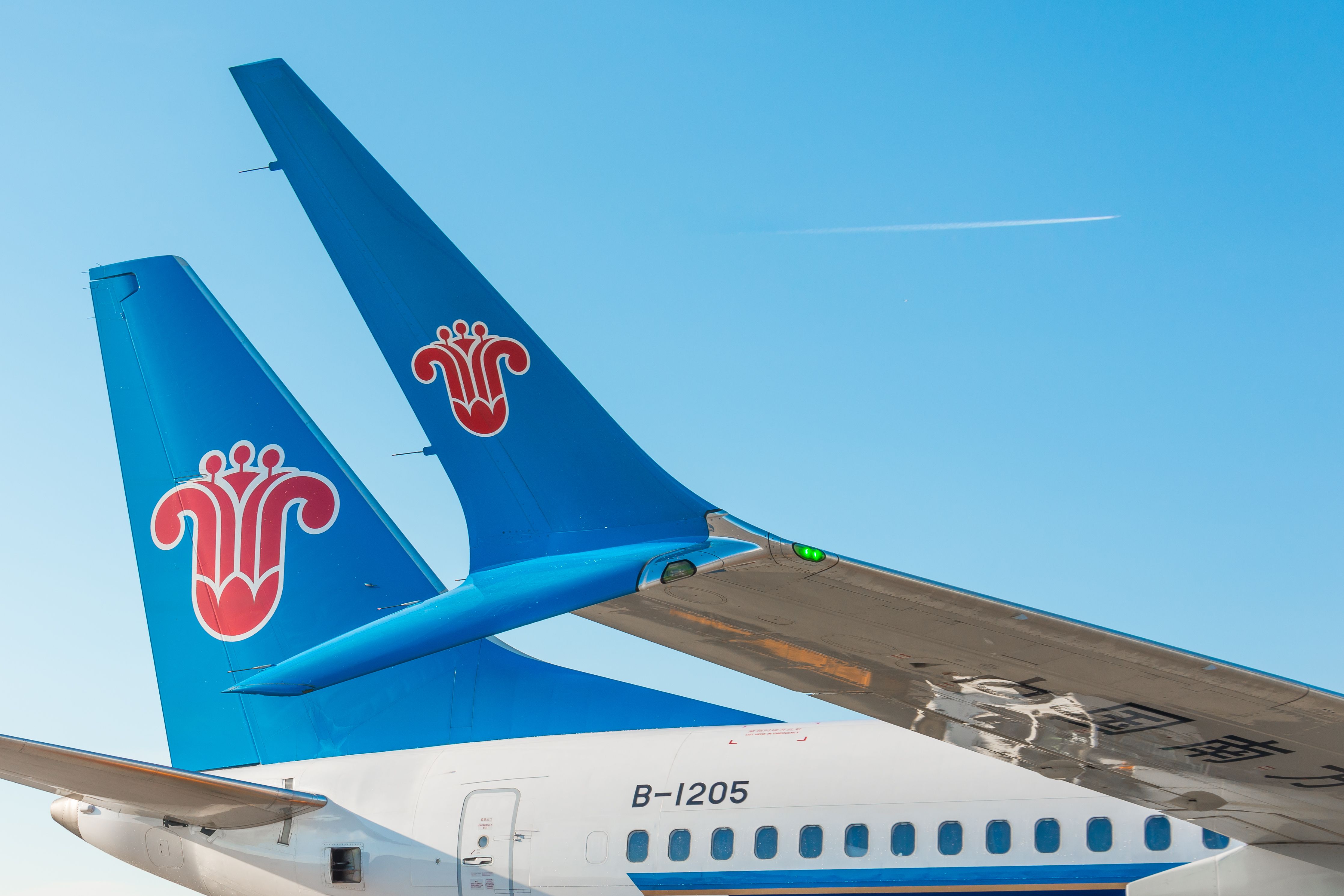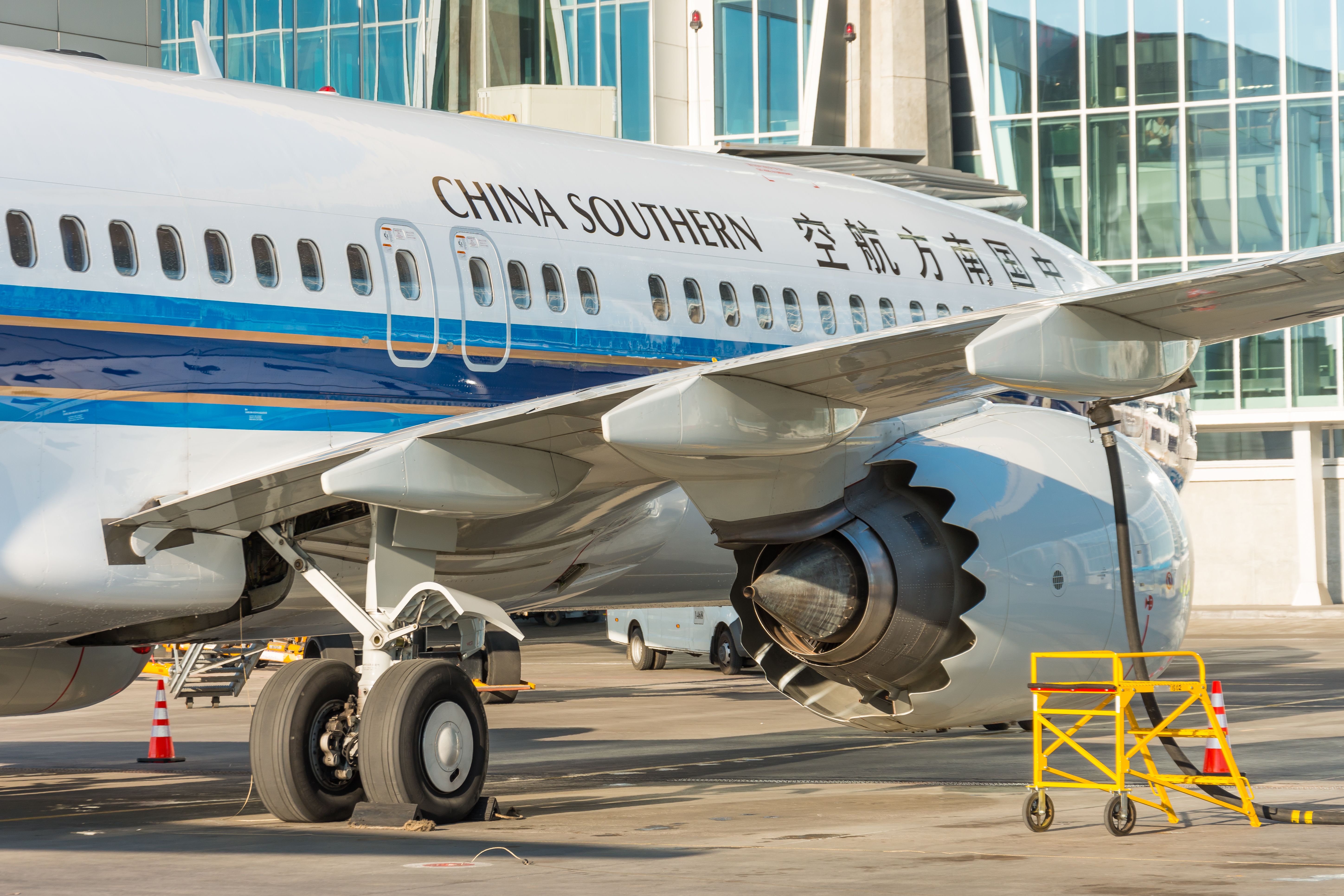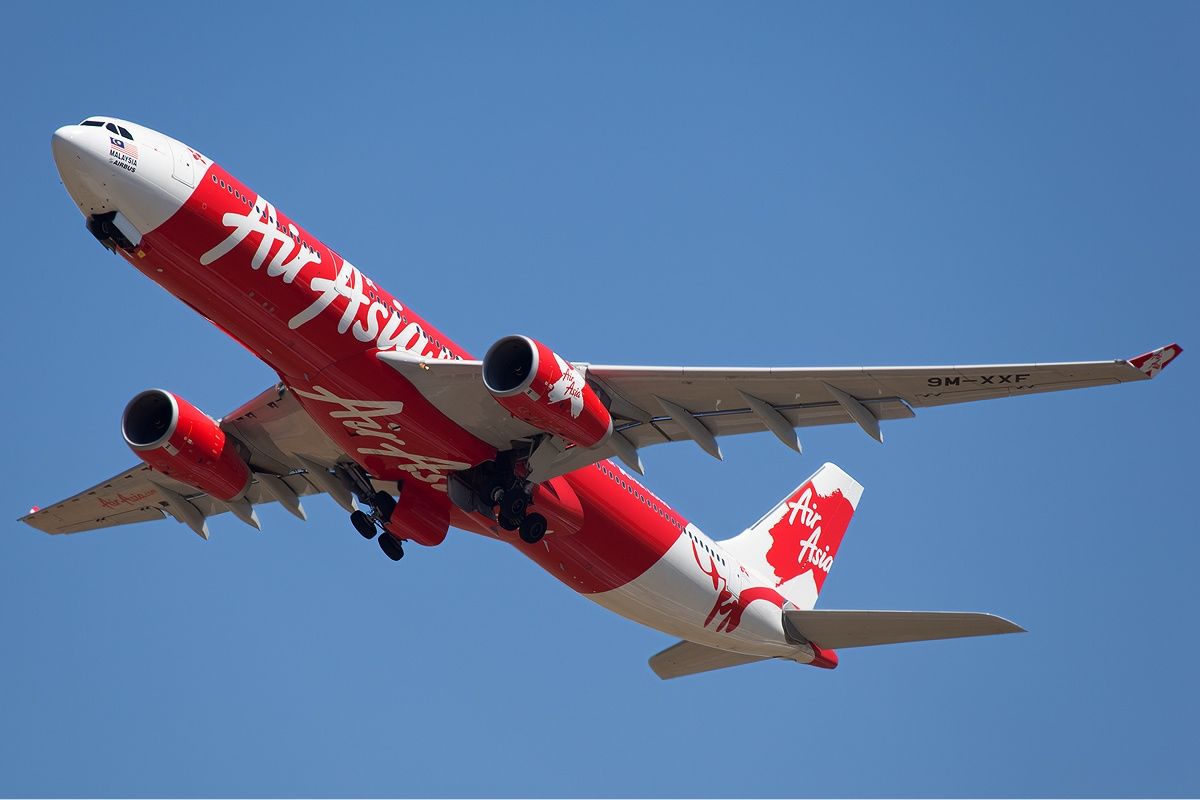Summary
- Asia accounts for a third of global passenger flights in August.
- Guangzhou is the busiest airport in Asia and the only one from the continent to feature in the world's top 10 busiest airports.
- Kuala Lumpur and Seoul have seen a decline in passenger services, mainly due to a decrease in flights operated by AirAsia Malaysia, Asiana, and Korean Air.
Asia accounts for a third of the world's passengers flights in August, according to Cirium data. China, India, Indonesia, Vietnam, South Korea, and Thailand are all in the world's top 20 most-served countries. For most, big domestic markets are critically important.
Asia's busiest 10 airports
Guangzhou has more passenger flights in August than any other Asian airport, as detailed in the following table. It is so busy that it is also the world's eighth-busiest by this metric and the only airport in Asia to feature in the world's top 10.
Guangzhou has jumped from third place in 2019, overtaking Beijing Capital – which was first – and Shanghai Pudong. Beijing's huge fall was mainly because of the new Daxing airport, which has split its operation. Daxing itself now ranks 12th in Asia. This is a problem when examining airports rather than cities. At the city level, Beijing would be second in the vast continent, behind Shanghai.
Rank | Airport | Weekly August flights* | Change vs. 2019 | Non-stop passenger destinations*** |
|---|---|---|---|---|
1 | Guangzhou | 4,760 | +3% | 182 |
2 | Tokyo Haneda | 4,474 | +4% | 100 |
3 | Shanghai Pudong | 4,419 | -5% | 207 |
4 | Delhi | 4,119 | -3% | 136 |
5 | Beijing Capital | 3,768 | -37% | 184 |
6 | Shenzhen | 3,698 | +7% | 138 |
7 | Jakarta | 3,579 | -16% | 83 |
8 | Chengdu Tianfu | 3,539 | New** | 181 |
9 | Xian | 3,508 | -1% | 157 |
10 | Kunming | 3,468 | -4% | 137 |
* Each way; double for both ways | ** Opened in 2021 | *** August 2023 |
Split across a week, the 10 have an average of more than 3,900 departing flights daily (double for both ways). They are so busy that more than one in six Asia flights are to/from them. On average, 87% of their flights are domestic, with Xian having the greatest proportion (98%) and Shanghai Pudong, the international gateway to the huge city, the least (74%).
Kuala Lumpur, Seoul are still out
According to Cirium, Kuala Lumpur was Asia's seventh-busiest airport by passenger services in August 2019, but it is now 13th. Flights remain almost a fifth lower than they were. It is mainly because of AirAsia Malaysia, Kuala Lumpur's largest carrier by this measurement, whose flights are down by a third. AirAsia X, the Airbus A330-300-operating unit, is even worse (-40%).
While there is a long way to go, Malaysia Airlines is much more recovered than them (-17%), likewise Batik Air (-10%). Malaysia saw the entry of MYAirline in late 2022.
Meanwhile, Seoul, which was eighth in Asia, is now 15th. Flights are down by 17%. As you might expect, this is mainly because of Asiana (-25%) and Korean Air (-20%), which account for more than a third of Incheon's departures.
In contrast, South Korean LCCs, such as Jeju Air, Jin Air, and T'way, are near or have slightly exceeded pre-pandemic flight levels. This generally corresponds to recoveries in non-Asian countries. Incheon has seen the arrival of Boeing 787-only Air Premia and the entry and expansion of Air Busan.
Stay aware: Sign up for my weekly new routes newsletter.
Where are... ?
You might wonder where Hong Kong, Bangkok Suvarnabhumi, and Singapore are. In 2019, Hong Kong was 11th by flights (now 27th!), Bangkok 13th (now 18th), and Singapore 14th (still 14th). The recovery continues and will do for some time.
Will you be flying to/from/through any of the airports mentioned? If so, let us know by commenting.
Sources of data: Cirium, airline websites.



